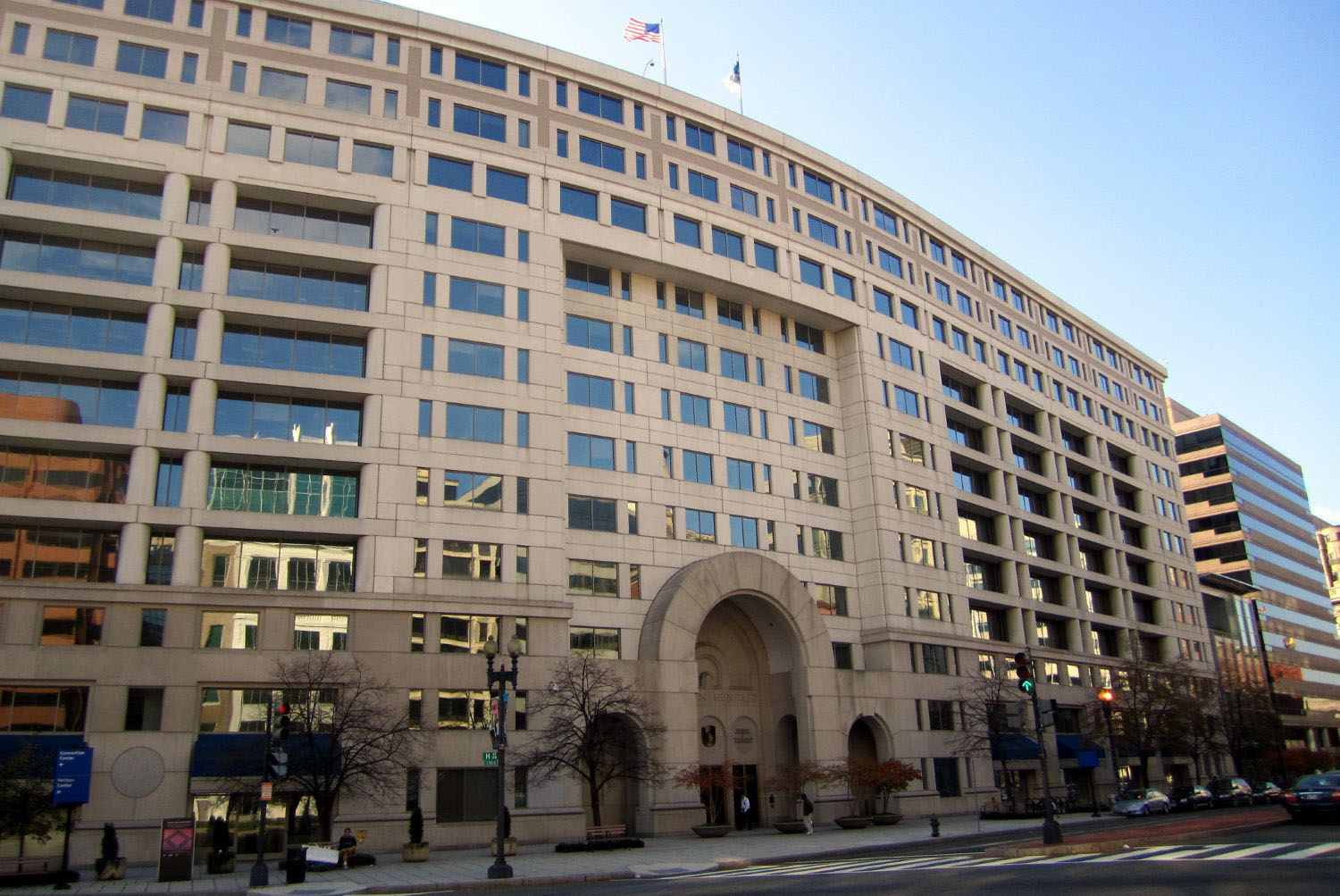September 09, 2016
Related CGD Working Group: Shared Border, Shared Future: A Blueprint to Regulate US-Mexico Labor Mobility
Mexico and the United States have lacked a bilateral agreement to regulate cross-border labor mobility since 1965. Since that time, unlawful migration from Mexico to the US has exploded. Almost half of the 11.7 million Mexican-born individuals living in the U.S. do not have legal authorization. This vast black market in labor has harmed both countries. These two neighboring countries, with an indisputably shared destiny, can come together to work out a better way.
The time has come for a lasting, innovative, and cooperative solution. To address this challenge, the Center for Global Development assembled a group of leaders from both countries and with diverse political affiliations—from backgrounds in national security, labor unions, law, economics, business, and diplomacy—to recommend how to move forward. The result is a new blueprint for a bilateral agreement that is designed to end unlawful migration, promote the interests of U.S. and Mexican workers, and uphold the rule of law.
We have gathered and modified the best features of past and present agreements to propose an innovative agreement designed for the 21st century. These features include a US worker priority fee to ensure that it is in employers’ interest to recruit US workers first, a decelerator safeguard cap to protect against sudden inflows of workers while preserving responsiveness to changing conditions, systems of sectoral visa portability and Mexican recruiter certification to protect the rights of workers in both countries, and a return or integration account for each worker to create strong incentives for return, among others. These ingredients would support each other to accomplish what earlier agreements could not: capture shared economic benefits with flexibility to changing conditions, while protecting the rights of US and Mexican workers.
Rights & Permissions
You may use and disseminate CGD’s publications under these conditions.





